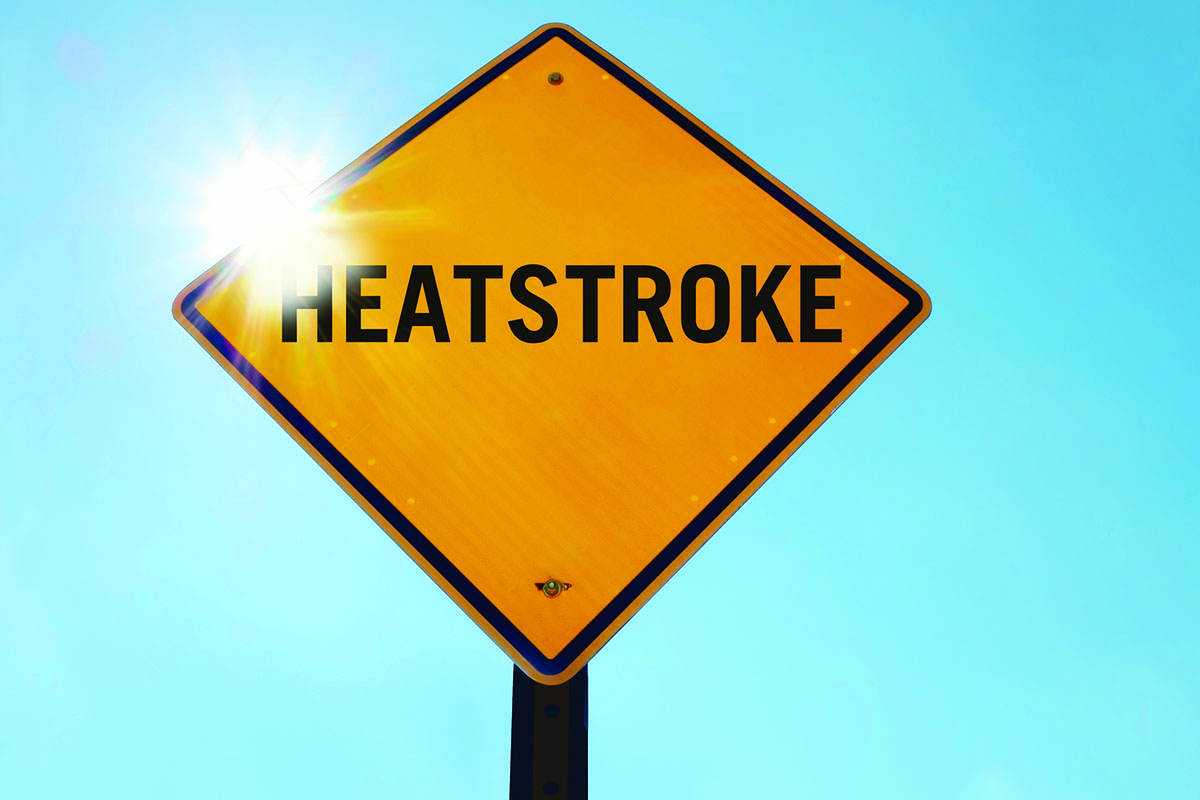The effects of a stroke can impact your function in all daily activities. As therapists, our focus is to assist in your recovery so that you can enjoy the tasks that are meaningful to you. These tasks can be as simple as holding onto a cup during a meal or as complex and dynamic as driving a vehicle. It is important to note that returning to driving is not always a realistic goal depending on the severity of the stroke, but often this can be achievable with the assistance of a skilled therapy team.
Driving Skills Affected by Stroke
As discussed, driving a vehicle is a complex activity that requires adequate motor function, visual skills, and cognitive skills to ensure that it can be completed safely. Not only must you be able to control your own vehicle, but you must be able to adjust, adapt, and respond to other drivers, sudden environmental changes, or any other unforeseen obstacles that may arise. You must be able to remember routes, traffic rules, understand traffic signs, and process information in a timely manner. Unfortunately, a stroke can have an impact on all these necessary skills. Common areas impacted by stroke include but are not limited to the following:
- Motor function
- Sensory function
- Visual Disturbances
- Memory
- Attention
- Processing Speed
- Problem Solving
Can I Rehabilitate These Skills?
With the help of a skilled therapy team, it is often possible to rehabilitate the skills necessary to return to driving. Your therapy team will work collectively to determine areas of weakness, then develop an individualized treatment plan focused on rehabilitating these skills. As discussed previously, the success of this process may depend on the severity of the stroke. Often therapy can restore function to the extent that a person may be able to return to driving as it was done previously. Other times a stroke will leave life-long deficits that may require vehicle modifications or restrictions on a license to ensure safety on the road.
Modifications and Restrictions
Some common vehicle modifications seen after stroke include but are not limited to:
Spinner Knobs
- These are knobs that mount onto a steering wheel to allow safe turning with the use of only one arm.
Crossover Blinker
- This is a blinker extension that allows for an individual to turn on the blinker on the right side of the steering column. This is helpful when reaching with the left hand is not possible or efficient.
Left Foot Accelerator
- Places the accelerator on the left side of the brake to be used with the left foot. This is used with an individual can not use their right foot for function of pedals.
Swivel Seat
- A swivel seat can be used to make a transfer into a vehicle or changes in body position once seated in a vehicle much easier. These are used when mobility is impaired after stroke.
Therapists may also opt to place restrictions on your license after a stroke to ensure operator safety and safety of others on the road. Some common restrictions after stroke may include:
- Only driving in the daytime
- Driving only within a certain radius of the home
- No interstate travel
- Driving only in low traffic times of the day
In conclusion, returning to driving after stroke is a complex process that needs to be overseen by a team of skilled medical professionals. It is important to remember that returning to driving may not be achievable if the deficits are too severe. However, in many cases driving skills can be rehabilitated, the vehicle may be modified to fit individual needs, and/or restrictions may be placed on a license to ensure safety and success on the road.





